Gangnam Breast Reduction: 14 Steps to Prepare for Surgery in Korea
So, you’ve made a big decision. A really big, exciting, and maybe a little nerve-wracking decision. You're not just getting a breast reduction—a procedure that can be genuinely life-changing—you're planning to do it in Gangnam, Seoul. The absolute epicenter of South Korea's world-renowned plastic surgery scene. That’s amazing! The level of skill and technology there is just... next level.
But let's be real. Planning any surgery is a lot. Planning a major surgery in another country? That's a whole different ballgame. It's a mix of medical prep, travel logistics, and cultural navigation. It’s totally normal to feel overwhelmed. Where do you even start? Right here. I'm here to walk you through it, step-by-step. This is your comprehensive guide on how to prepare for a breast reduction surgery in Gangnam, from the first time you browse a clinic's website to the day you head to the hospital.
Phase 1: The Virtual Prep (Months Before You Go)
This is your homework phase. Honestly, this is probably the most important part. Getting this right sets you up for success, and getting it wrong... well, let's just focus on getting it right.
Step 1: Go Down the Surgeon Research Rabbit Hole
I don't just mean a quick Google search. I mean deep research. Gangnam has... a lot of clinics. Like, hundreds. It's staggering. You need to narrow it down.
- Look for specialists: You don't want a "jack of all trades" clinic. You want a surgeon or a clinic that specializes in breast procedures, specifically mammoplasty for international patients.
- Scour for reviews: Look on forums, Reddit (like r/PlasticSurgery), and other third-party sites. Be wary of reviews that look too perfect. You want balanced, real-world experiences.
- Analyze before-and-afters: This is your best tool. Look for bodies that look like yours. Do you like their aesthetic? Is the scarring minimal? Do the results look natural and proportional?
- Check for credentials: Make sure the surgeon is board-certified. This is a non-negotiable.
Get a shortlist. Three to five clinics is a good number. This isn't just about skill; it's also about the feel. Do they seem communicative? Supportive? This matters a lot when you're thousands of miles from home.
Step 2: Master the Virtual Consultation
This is it. This is your audition for them, and their audition for you. Almost every major Gangnam clinic is set up for amazing virtual consultations (often via WhatsApp, KakaoTalk, or their own platform). You'll send photos, and they'll give you a preliminary assessment.
Do NOT be shy. This is your time to ask everything. And I mean everything.
- What breast reduction technique do they recommend for me (e.g., anchor, lollipop)?
- Why do they recommend that specific technique?
- What are the risks of this procedure?
- Who will be performing the anesthesia? Is it a board-certified anesthesiologist?
- What does the total price include? (Ask for a line-item quote!)
- What does it not include? (e.g., post-op garments, medication, follow-up care)
- How many follow-up appointments will I need?
- What is their policy if a revision is needed?
Pay attention to how they answer. Are they patient? Do they explain things clearly? Is the English-speaking coordinator understanding and helpful? If you feel rushed or dismissed, that's a red flag. Trust your gut.
Step 3: Understand the Financials (All of Them)
Getting a quote for a breast reduction in Seoul is just the first number. You need to budget for the entire trip. Your surgery quote is one piece of a much bigger pie. Start a spreadsheet. Seriously.
Your budget needs to include:
- The Surgery Quote: This usually includes the surgeon's fee, operating room, anesthesia, and sometimes the first few post-op checks.
- Flights: To and from Incheon (ICN).
- Accommodation: You'll need at least 2-3 weeks. And this isn't the time for a cute, fifth-floor walk-up Airbnb. More on this later.
- Food: You'll be ordering in... a lot.
- Local Transport: Cabs to and from the clinic. The Seoul subway is amazing, but not when you've just had chest surgery.
- Post-Op Supplies: Medications, special garments, gauze, etc., if not included.
- "Just-in-Case" Fund: What if you have a minor complication and need to stay an extra week? What if you just need more help? Have a buffer.
This financial planning is a massive part of your preparation. Don't eyeball it. Get real numbers.
Phase 2: The Logistical Prep (Booking & Planning)
Okay, you've picked your clinic, you have your quote, and you're ready to pull the trigger. Now the real planning for traveling to Korea for surgery begins.
Step 4: Scheduling Your Surgery and Travel
Coordinate with your clinic to find a date. A few things to consider...
When to go? Avoid peak summer (July/August) if you can. It's so hot and humid, and being stuck inside healing will feel even worse. Spring (April/May) and Fall (Sept/Oct) are gorgeous and much more comfortable.
How long? Don't cut this short. For a breast reduction, you need to be in Seoul for a minimum of 10-14 days. Honestly, I’d recommend 3 weeks if you can swing it. This gives you time to settle in, have the surgery, have your major check-ups (like drain removal and stitch removal), and actually feel stable enough for a long-haul flight. Rushing recovery is a recipe for complications.
Book your flights after you have your surgery date confirmed and have paid your deposit.
Step 5: Book Your "Recovery" Accommodation
This is so important. You are not booking a vacation hotel. You are booking a recovery nest. When looking for a place in or near Gangnam, your priorities are:
- An elevator. This is non-negotiable. Stairs are your absolute enemy post-op.
- Location. How close is it to the clinic? Can you get a cab easily? Is there a 24-hour convenience store (like CU or GS25) nearby for supplies?
- Comfort. You need a good bed, lots of pillows (you'll be sleeping propped up), and a great streaming-ready TV.
- A kitchen(ette). You will want to make simple, comforting food. Or at least have a good-sized fridge for delivery and... pumpkin juice. (It's a Korean post-op staple for de-bloating!)
There are serviced apartments and hotels in Gangnam that specifically cater to plastic surgery patients. They might even have reclining chairs. Look into those.
Step 6: Arrange Your Visa, Passport, and Docs
Check your passport. Is it valid for at least 6 months after your planned trip? Good.
Check South Korea's visa requirements for your country. Many countries (like the US, UK, Australia, Canada) have a visa-waiver program (it's called K-ETA), but you must apply for this online before you fly. Don't leave this to the last minute.
Your clinic will also likely send you forms to fill out. Get all your medical history in order.
Phase 3: The Medical & Physical Prep (Weeks Before Surgery)
This is where you get your body ready for the procedure. Your clinic will give you a specific list, but here’s the general pre-operative checklist for a breast reduction.
Step 7: Get Your Pre-Op Medical Clearance
Your clinic in Seoul will likely require you to get medical clearance from your primary care doctor (GP) back home. This usually involves:
- Basic blood work (CBC, clotting times, etc.)
- An EKG (or ECG) to check your heart.
- Sometimes a baseline mammogram, depending on your age and family history.
You need to get this done within a certain timeframe (usually 2-4 weeks before your surgery date) and send the results to your Korean clinic for review. This is to make sure you are safe for anesthesia.
Step 8: Adjust Your Lifestyle (The "Stop" List)
This is the tough-love part. You have to take this seriously. Two to four weeks before your surgery, you MUST stop:
- Smoking & Vaping (all nicotine): This is the #1 rule. Nicotine constricts your blood vessels, which is disastrous for healing. It can cause tissue death (necrosis). Just stop. No excuses.
- Alcohol: It thins your blood and can interfere with anesthesia. Stop at least one week before.
- Certain Medications & Supplements: This is a big one. You have to stop anything that thins your blood. This includes aspirin, ibuprofen (Advil, Motrin), naproxen, and a ton of supplements (like Vitamin E, fish oil, ginkgo biloba, garlic pills).
Your clinic will give you a full list. Go over every single thing you take with your coordinator. Only take what they explicitly clear.
Step 9: Plan Your Recovery Support
Can you travel alone for plastic surgery in Korea? Yes. Many people do. The clinics in Gangnam are very accustomed to solo patients. They often have post-op care services you can book.
That said... healing from a breast reduction is not easy. For the first few days, you will have drains. You'll be sore. You won't be able to lift your arms. Even simple things like washing your hair or opening a water bottle are... a challenge.
If you can bring a friend, your partner, or a family member, I highly recommend it. If not, look into the post-op care services the clinic or a third-party agency offers. Having someone to just... be there... is invaluable.
Phase 4: The Packing Prep (The "Must-Have" Suitcase)
What to pack for plastic surgery in Korea is a whole topic. You're packing for comfort, not a fashion show.
Step 10: Pack Your "Recovery Essentials"
This is your recovery toolkit. Trust me on these.
- Zip-front or front-clasp bras: You will NOT be able to pull anything over your head or hook a bra from the back. Pack 3-4 soft, wireless, zip-front sports bras. Your clinic might provide one, but you'll want backups.
- Button-down pajamas & tops: Again, anything that doesn't go over your head. Oversized button-down shirts are your new uniform.
- Loose, pull-on pants: Sweatpants, lounge pants. You'll be living in them.
- Dry Shampoo: A total lifesaver. You won't be able to shower "normally" for a bit, and definitely won't be able to lift your arms to wash your hair.
- Long charging cables: For your phone/tablet. Your "nest" will be the bed or a recliner, and the outlet is never close enough.
- A "U" or "V" shaped neck pillow: You have to sleep on your back, propped up, for weeks. This will save your neck.
- Slip-on shoes: You won't be able to bend over to tie laces.
- Face/Body Wipes: For those first few days when showering is tricky.
- Your "home" comfort meds: Things like throat lozenges (your throat will be sore from the breathing tube), gentle laxatives (anesthesia + painkillers = constipation, it's a fact), and any regular prescriptions.
Step 11: Pack for Comfort and Convenience
This includes all your regular travel stuff, plus a few extras: your laptop/tablet loaded with shows, a good book, a universal travel adapter (South Korea uses the Type F plug, the two round prongs), and a translation app like Papago downloaded on your phone.
And leave room in your suitcase! You'll want to buy all the amazing Korean skincare to take home after you're feeling better.
Phase 5: The "On-the-Ground" Prep (Arriving in Seoul)
You made it! You're in Korea. The final steps are here.
Step 12: Arrive, Settle In, and Fight Jet Lag
I cannot stress this enough: Give yourself buffer days. Plan to arrive in Seoul at least 2-3 days before your surgery date. Do not fly for 14 hours and have surgery the next morning.
Your body needs to acclimatize. You need to get over the worst of the jet lag. Use these days to settle into your accommodation, find the local convenience store, walk (gently!) to your clinic so you know the route, and just... breathe. Your body will thank you.
Step 13: The In-Person Consultation and Final Checks
You'll go to the clinic, usually the day before your surgery. This is it.
- You'll meet your surgeon (again, or for the first time in person).
- You'll have your "before" photos taken.
- The surgeon will draw the surgical markings on your chest.
- You'll sign all the final consent forms.
- You'll meet the anesthesiologist.
- They will likely run their own final blood tests and EKG.
This is your last chance to ask any final, lingering questions. Is there anything you're still unsure about? Ask now. A good clinic will want you to go into this feeling 100% informed and confident.
Step 14: The Day Before Surgery
The clinic will give you strict instructions. Follow them to the letter. This will include:
- Fasting: You will have to stop eating and drinking (including water!) at a specific time, usually midnight. This is a critical safety rule for anesthesia.
- Shower: You'll be told to shower with a specific antibacterial soap.
- No...: No makeup, no nail polish (it interferes with the oxygen monitor), no jewelry, no contact lenses.
- Pack your "hospital bag": Just the essentials for that day. Your passport, your wallet, your phone, and a comfy, zip-up outfit to wear home.
And... try to relax. I know, I know. Easier said than done. You're in Gangnam, you've done all the prep. You're in the hands of some of the best surgeons in the world. Watch a movie. Listen to a calming podcast. Get some sleep. You've got this.
Your Gangnam Surgery Prep FAQs (People Also Ask)
What is breast reduction recovery in Korea really like?
Okay, real talk. The first 3-5 days are the toughest. You'll be sore, very swollen, and tired. You'll likely have drains in for a few days, which are annoying but not painful. Your main job is to rest, take your pain meds on schedule, and walk around your room a bit to prevent blood clots. After the drains are out (around day 3-7), you start to feel much more human. You'll still be very restricted (no lifting!) but you'll be able to go for short walks. By 2-3 weeks, you'll feel much more like yourself, though the full "final" result takes months as the swelling subsides.
How long do I really need to stay in Seoul after a breast reduction?
Don't try to fly home after 7 days. Please. You need to be there for your major post-op appointments, which are drain removal (if you have them) and stitch removal (usually around 10-14 days). Flying too early puts you at a huge risk for DVT (blood clots). Plan for a minimum of two weeks in Seoul, but three weeks is much, much safer and more comfortable.
Can I travel alone for plastic surgery in Korea?
Absolutely. It's very common. The clinics are set up for it with English-speaking staff. The real question is should you. If you are extremely independent and have a high pain tolerance, you can manage. But having a support person for the first few days is a massive mental and physical help. If you do go alone, I strongly suggest booking a post-op care service for at least the first 2-3 days.
What can I not do right before a breast reduction?
The big ones: Don't smoke or vape. Don't drink alcohol for at least a week before. Don't take any blood-thinning meds (aspirin, ibuprofen) or supplements (fish oil, Vitamin E, ginkgo). And don't eat or drink anything after the time your clinic tells you (usually midnight) the night before surgery.
What questions should I ask my Gangnam surgeon?
Beyond the basics, ask: "How many breast reductions do you perform a month?", "What is your revision policy, and what are the associated costs?", "Who is my main point of contact after the surgery if I have a problem?", and "Can you show me before-and-after photos of patients with a similar body and breast shape to mine?"
Will I get to choose my new cup size?
Yes and no. This is a big one. You'll discuss your goals (e.g., "I want to be a C cup," "I just want to be proportional," "I want the back pain gone"). But a good surgeon will focus more on proportion, safety, and a natural result for your specific frame, rather than guaranteeing an exact cup size. It's a discussion, not a "menu" order. Be realistic and trust their aesthetic judgment.
When can I fly home after my mammoplasty in Seoul?
Again, wait at least 14 days. After your surgeon removes your stitches and gives you the official "all clear" for a long-haul flight. On the plane, you must wear your compression bra, and you must get up and walk the aisle every hour or so to keep your circulation moving.
Feeling Overwhelmed? You Don't Have to Do This Alone.
That was... a lot. Right? Planning a breast reduction in Gangnam is a massive project with so many moving parts. It's more than just a medical procedure; it's a huge logistical journey.
This is exactly why PlacidWay Medical Tourism exists. We're the "fixer" for your entire trip. Instead of you juggling 10 different clinic websites, time zones, and translator apps, we do the heavy lifting.
We've already vetted the top, board-certified breast reduction specialists in Seoul. We can get you priority consultations, help you compare clear all-inclusive price quotes, and coordinate your entire trip—from your airport pickup to your recovery accommodation. We're your advocate, your planner, and your support system on the ground.
Don't let the "how-to" stress overshadow the "why." You're doing this for you. Let us handle the "how."

.png)

.png)


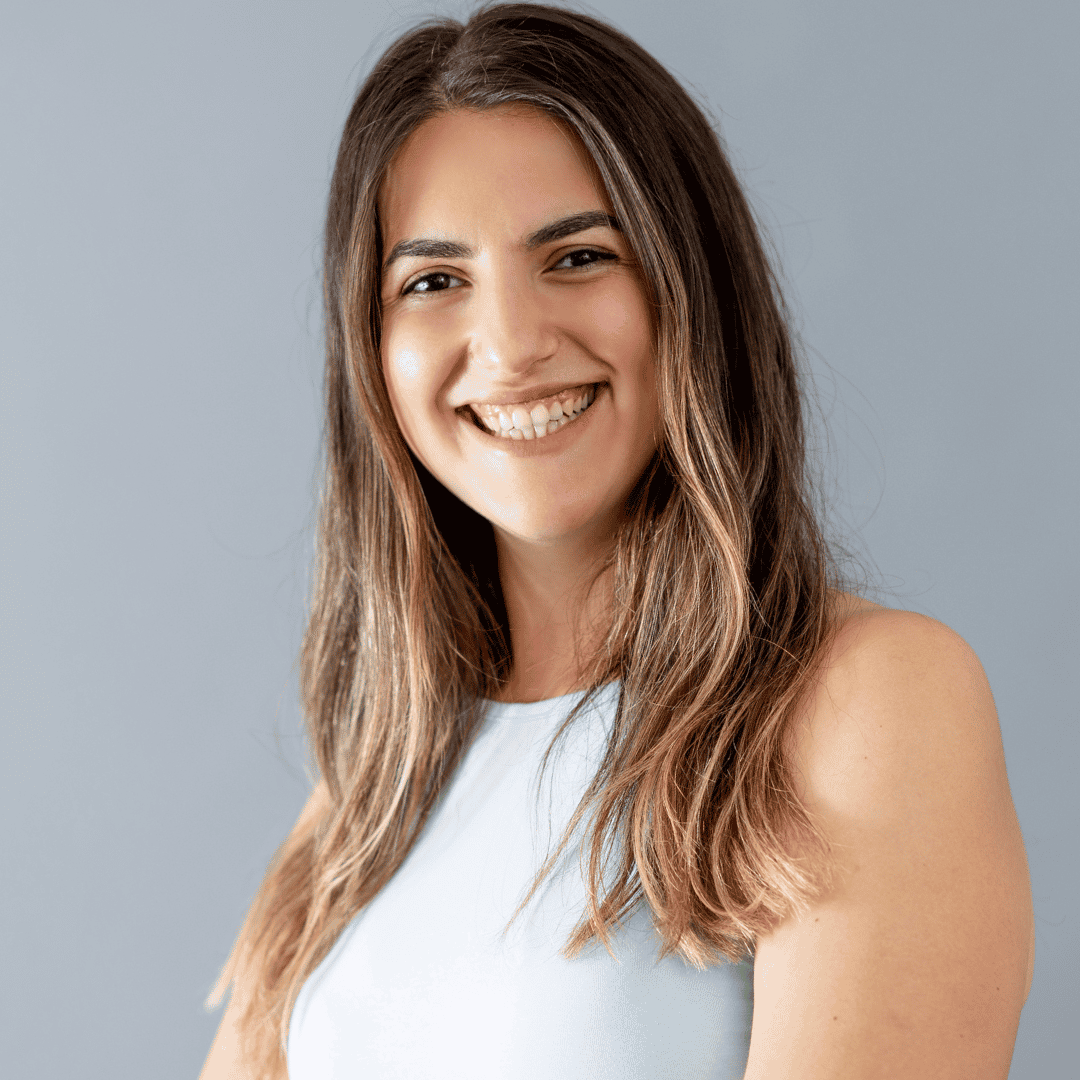
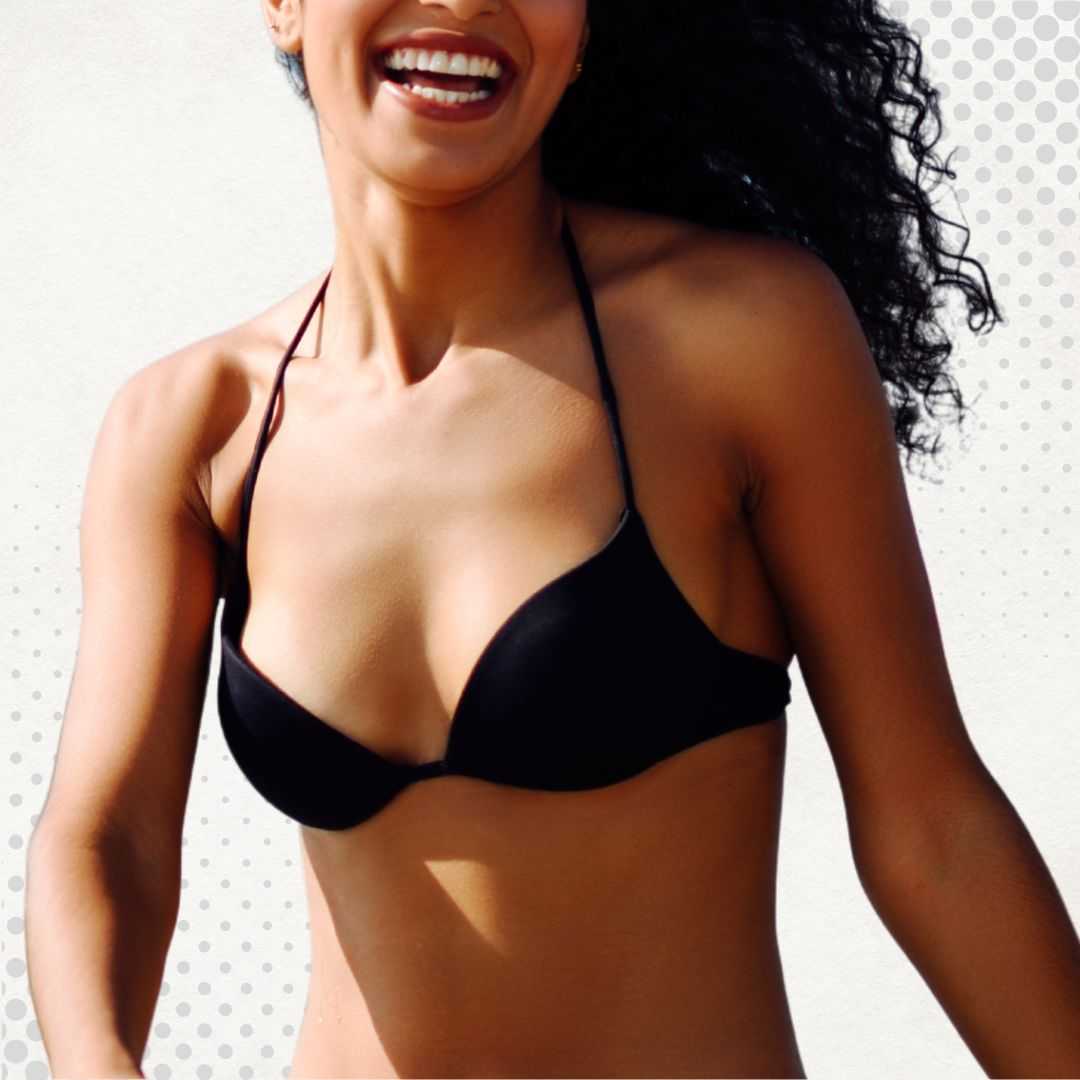


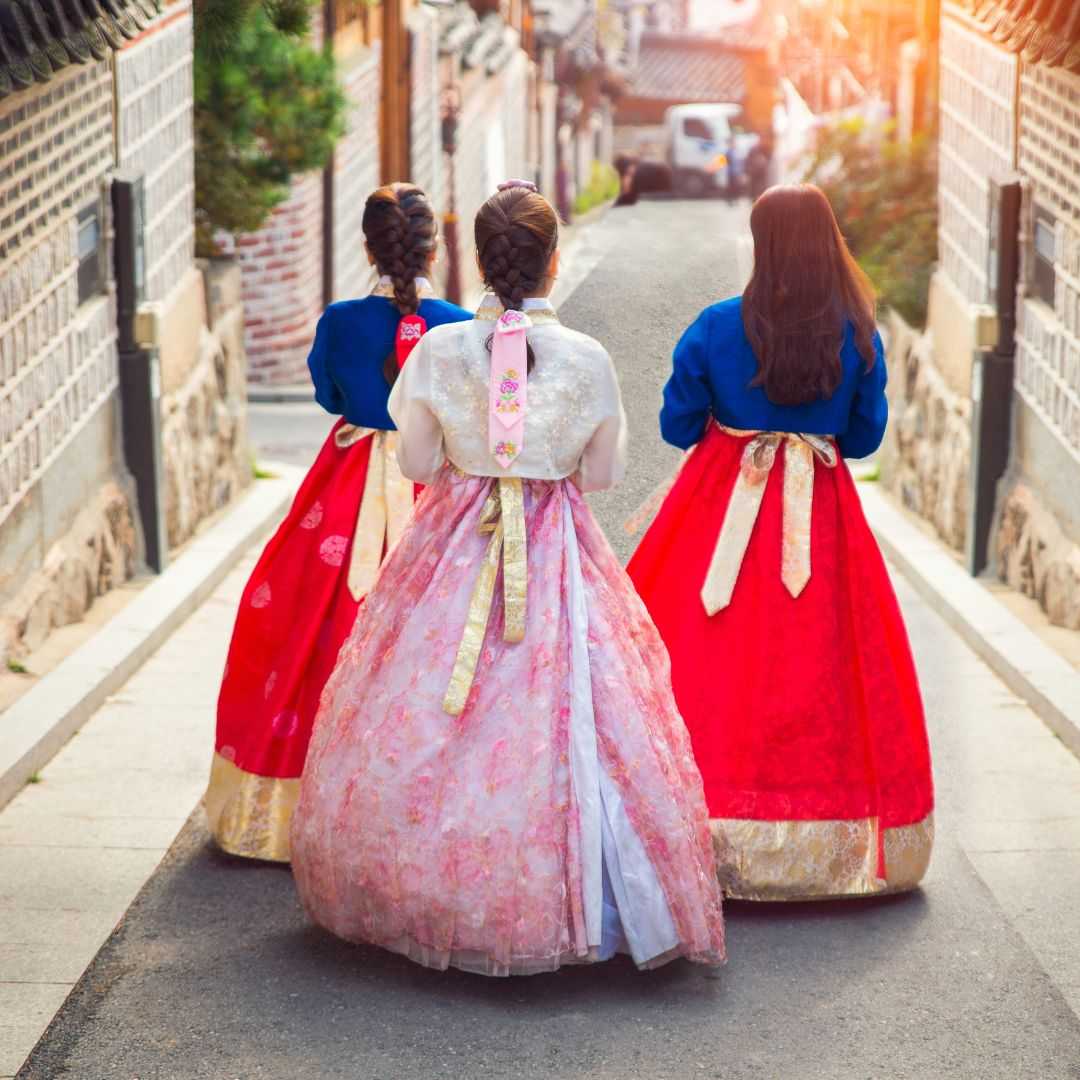
.png)
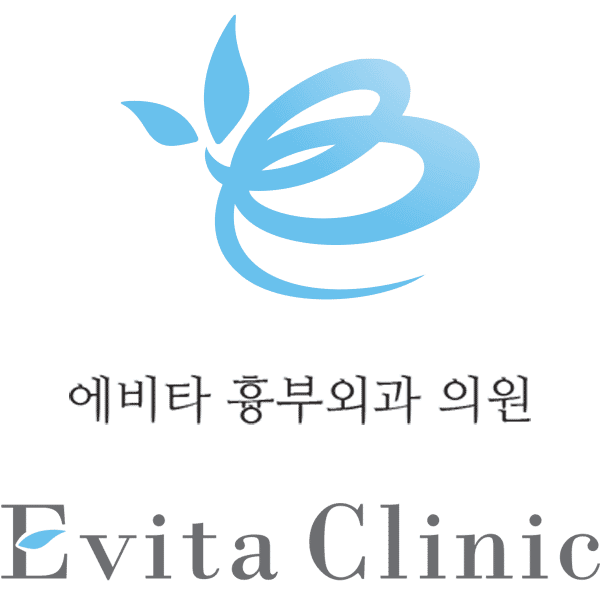
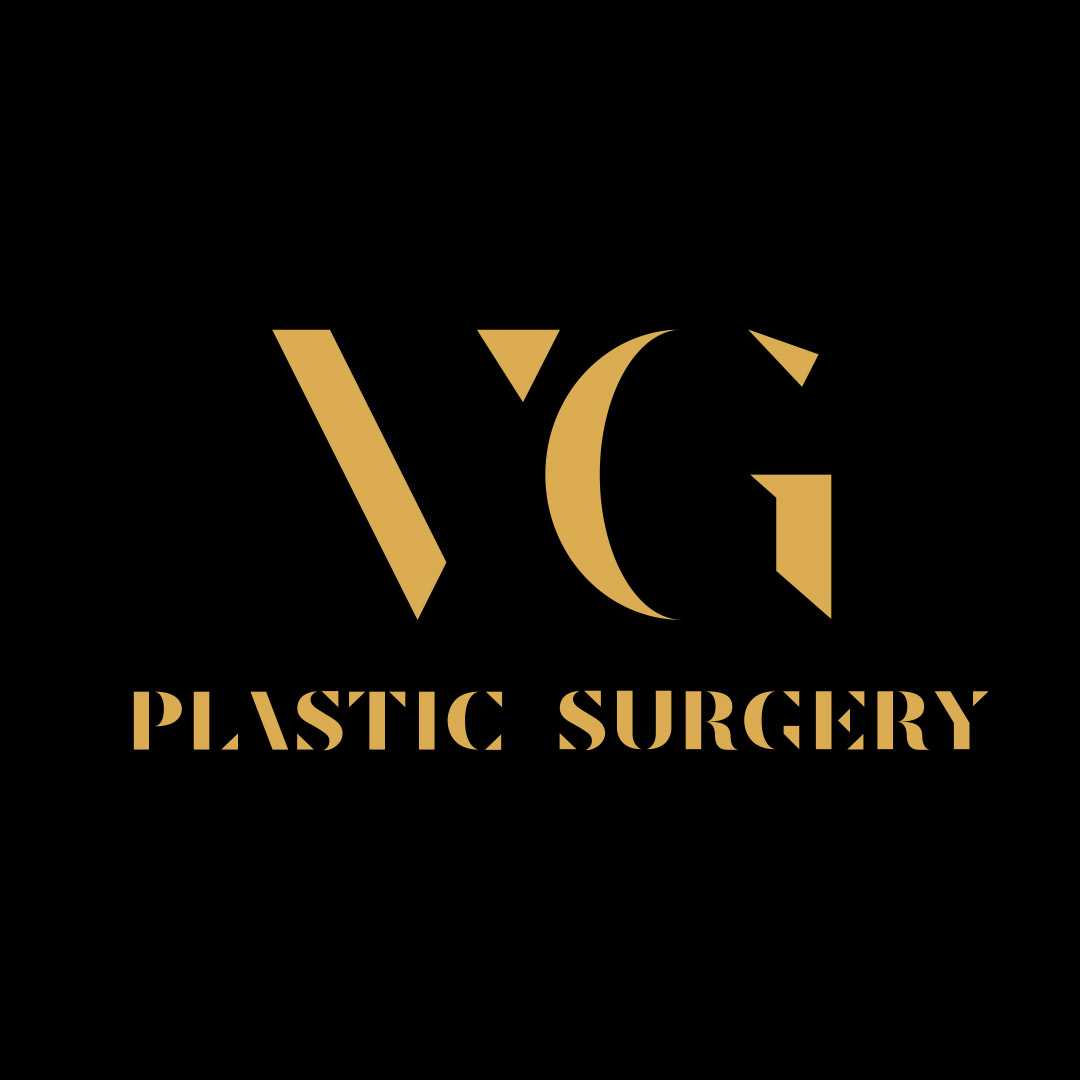
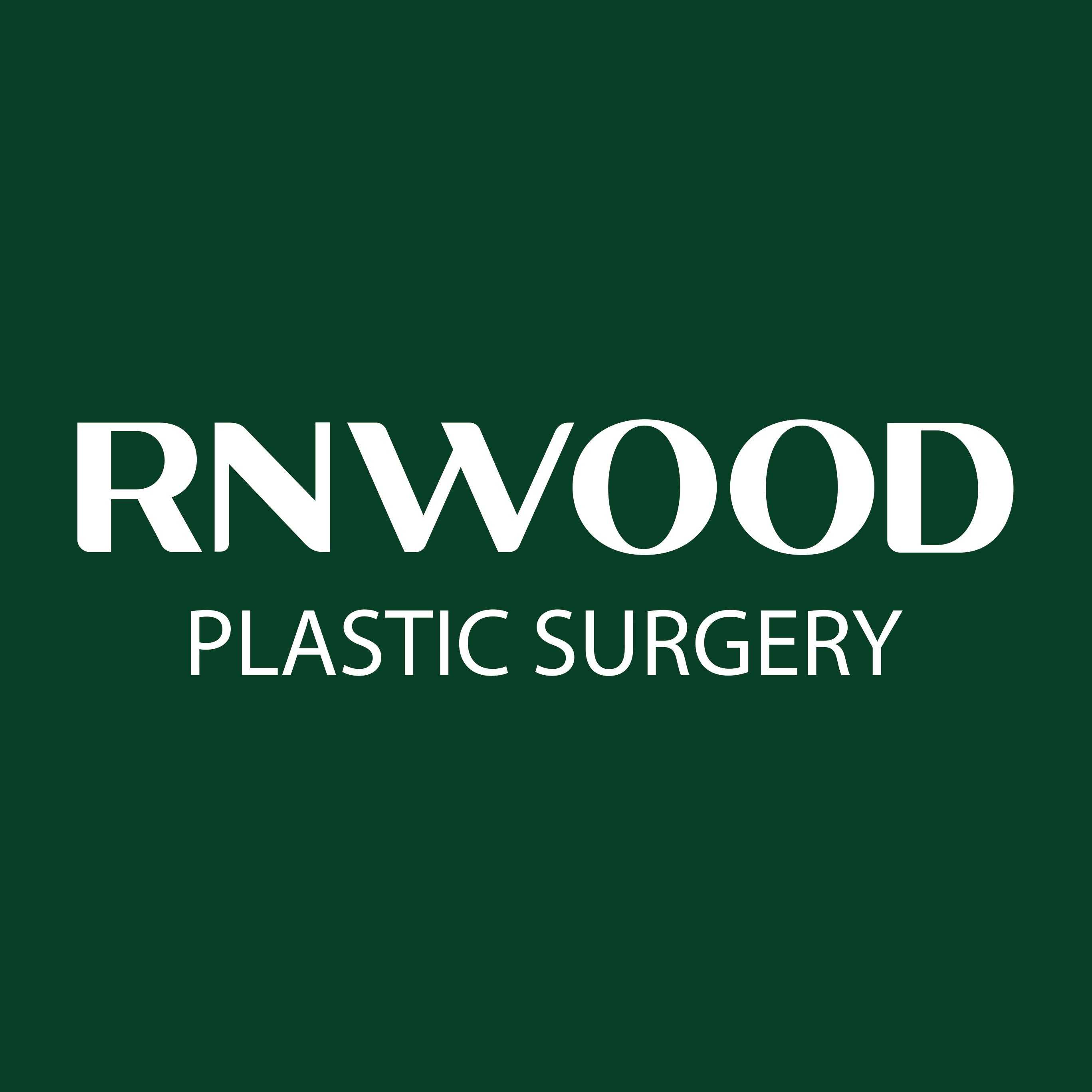
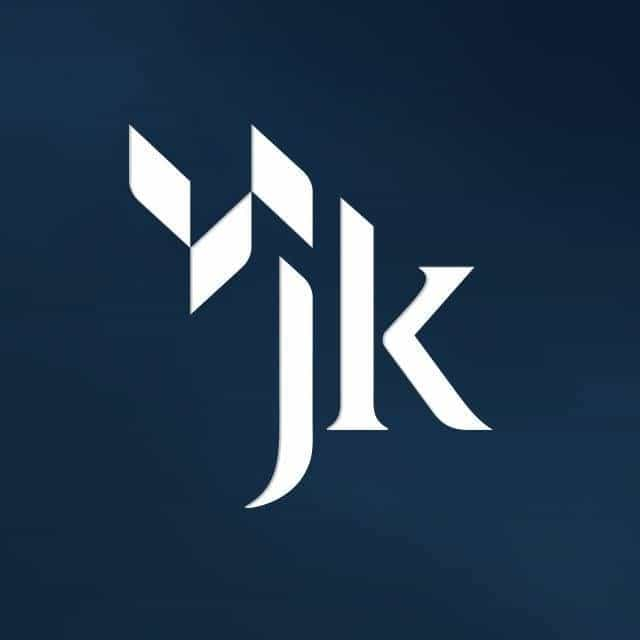
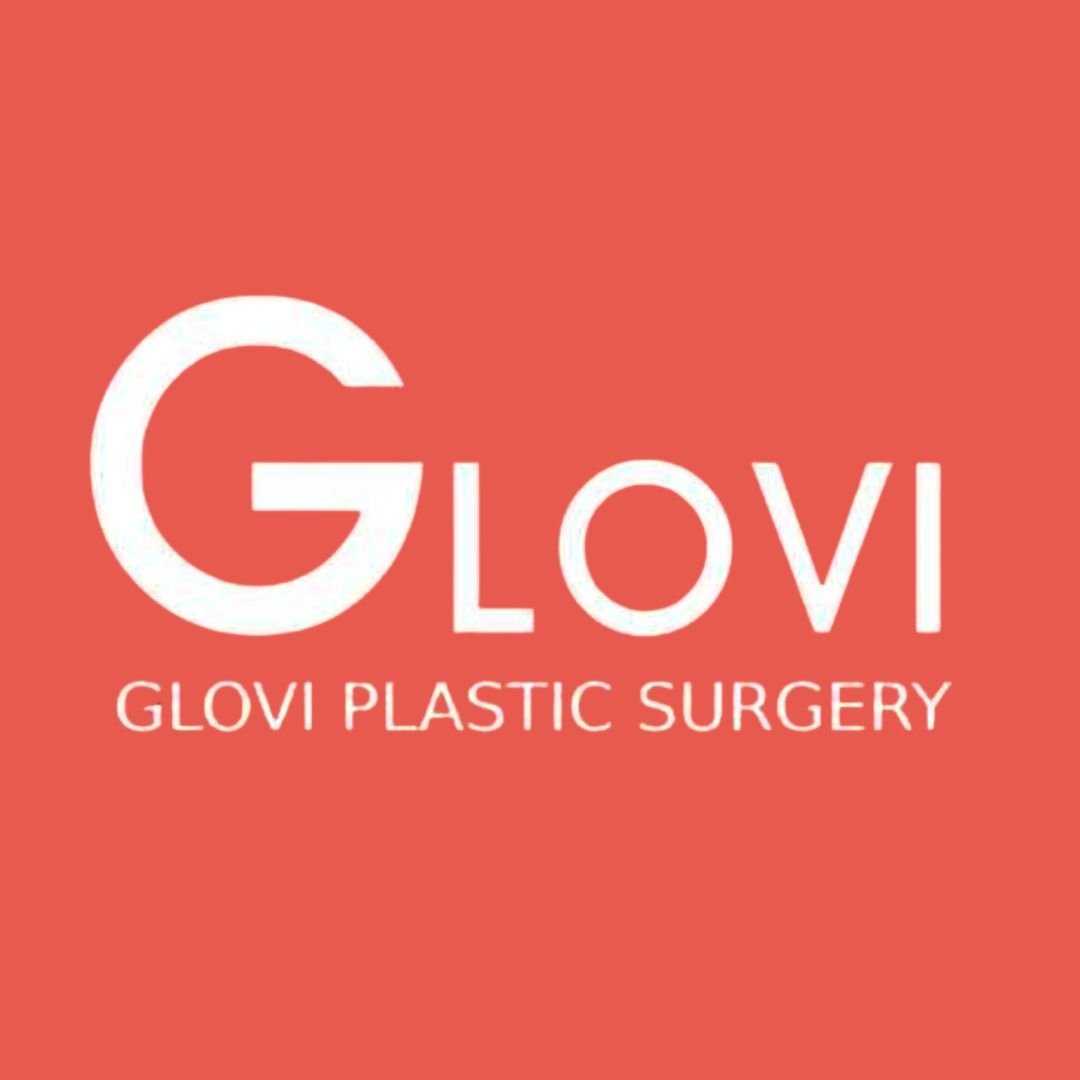

Share this listing